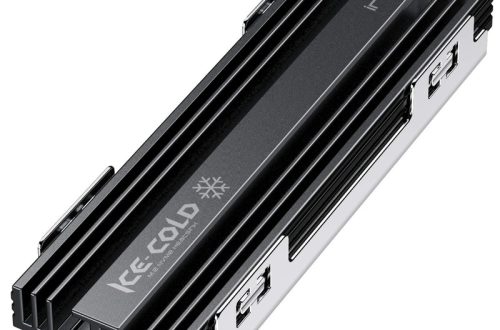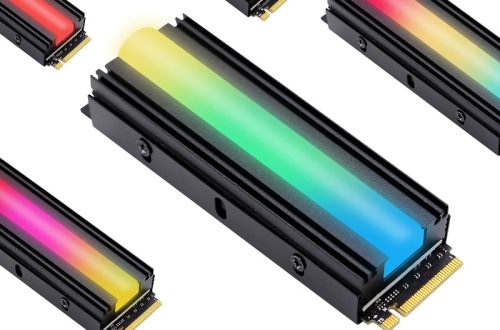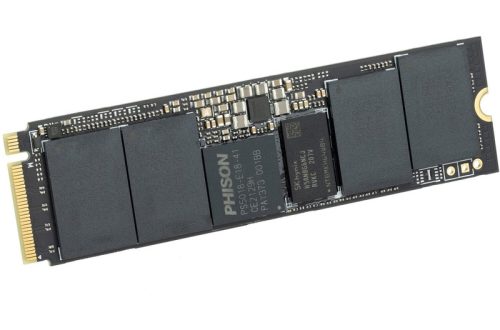Part 1: Introduction to IoT Devices
The Internet of Things (IoT) has become an integral part of our everyday lives, with various devices and gadgets all around us connected to the internet. From smart home devices to wearable technology, IoT has changed the way we interact with our surroundings. Let’s explore the impact of IoT devices on our everyday life.
1. Convenience and Efficiency:
The integration of IoT devices has significantly enhanced the convenience and efficiency of our daily lives. Smart home devices, including thermostats, lighting systems, and security cameras, enable remote monitoring and control, empowering users to adjust temperature settings, manage lighting, and oversee home security from any location. This level of remote control enhances convenience, saves time, and reduces energy consumption. Whether adjusting the thermostat while away or turning off lights remotely, IoT devices provide a more streamlined and efficient approach to managing our living spaces. By allowing users to stay connected and in control of their homes at all times, IoT devices have become essential in simplifying and improving the way we interact with our living environments.

2. Personalization and Customization:
The advent of IoT devices has ushered in a new era of personalization and customization, revolutionizing our daily activities. With personalized fitness trackers, individuals can track their workouts, monitor their health metrics, and receive tailored fitness recommendations based on their unique needs, driving a more personalized approach to health and wellness. Furthermore, smart refrigerators equipped with IoT technology can monitor food inventory, track expiration dates, and even suggest recipes based on available ingredients, catering to individual dietary preferences and streamlining meal planning. This high level of personalization not only enhances the efficiency of daily routines but also ensures a more enjoyable and comfortable lifestyle. By meeting the unique needs and preferences of users, IoT devices have transformed the way we approach various aspects of our daily lives, providing tailored solutions that cater to individual lifestyles and preferences.
Part 2: Impact on Communication and Connectivity
The rise of IoT devices has significantly impacted communication and connectivity in our everyday lives. The interconnected nature of IoT has allowed for seamless communication between devices and users, leading to a more connected world.
1. Enhanced Communication:
The advent of IoT devices has revolutionized communication, fostering seamless connectivity between individuals, devices, and systems. Smartwatches have redefined on-the-go communication by allowing users to receive notifications and calls from their wrists, providing real-time updates and essential information while on the move. Additionally, smart home assistants equipped with IoT technology have redefined living spaces by responding to voice commands, enabling hands-free operation and seamless interaction within the home environment. These devices have transformed the way people communicate and stay connected, promoting accessibility, efficiency, and convenience in daily interactions. By offering interconnected solutions that bridge the gap between people and technology, IoT devices have established a new paradigm in communication, facilitating effortless connectivity and enhancing the way individuals engage with devices, systems, and one another.

2. Improved Collaboration:
The integration of IoT devices has significantly facilitated collaboration and teamwork in various aspects of our lives, particularly in the workplace. IoT-enabled tools and devices have revolutionized communication and coordination among employees, leading to heightened productivity and efficiency. Through the deployment of connected office equipment, employees can seamlessly communicate, access shared resources, and collaborate on projects, regardless of their physical locations. Additionally, remote collaboration tools equipped with IoT technology have redefined the work environment by enabling seamless interaction and streamlined workflows. These advancements have not only fostered a more connected and collaborative work environment but also improved the agility and responsiveness of teams. By integrating IoT things into everyday work processes, organizations can harness the power of connectivity and collaboration, fostering a more dynamic and efficient approach to teamwork and productivity.
Part 3: Influence on Health and Well-being
IoT devices have had a profound impact on our health and well-being, providing us with new tools and resources to monitor and improve our physical and mental well-being.
1. Health Monitoring:
The proliferation of IoT devices, such as fitness trackers and health monitoring tools, has revolutionized the way individuals approach health management. By offering real-time data and insights, these devices empower users to gain better control over their health. Fitness trackers, for instance, enable individuals to monitor their physical activity, set fitness goals, and track progress, promoting a more active lifestyle. Health monitoring devices equipped with IoT technology allow users to track vital signs, such as heart rate and blood pressure, providing valuable insights into overall health and well-being. Additionally, these devices offer personalized recommendations for maintaining a healthy lifestyle, such as exercise routines, dietary adjustments, and stress management techniques.
By leveraging these insights and recommendations, individuals can make informed decisions about their health, contributing to improved overall well-being and a more proactive approach to health management. The integration of IoT devices has not only empowered individuals to take charge of their health but has also fostered a more holistic and personalized approach to wellness.
2. Wellness and Lifestyle Management:
The integration of IoT devices has had a profound impact on our wellness and lifestyle choices, offering personalized solutions for nutrition, sleep, and stress management. Smart appliances equipped with IoT technology, such as connected scales, provide valuable data on nutritional intake, offering insights into dietary habits and personalized recommendations to help users make informed decisions about their wellness routines, promoting healthier eating habits and balanced nutrition. Furthermore, IoT-enabled sleep trackers monitor sleep patterns, providing individuals with insights into their sleep quality and duration, and offering personalized recommendations for improving sleep habits, ultimately enhancing overall well-being. Additionally, stress management devices equipped with IoT technology offer tools and resources for stress reduction, promoting mental wellness and emotional balance.

By leveraging these personalized solutions, individuals can adopt a more holistic approach to their well-being, fostering a healthier and more balanced lifestyle that aligns with their unique needs and preferences. The integration of IoT devices has not only revolutionized health and wellness but has also empowered individuals to make proactive and personalized choices that contribute to a more balanced and fulfilling lifestyle.
Part 4: Concerns and Challenges
While IoT devices have brought about numerous benefits, they have also raised concerns and challenges that need to be addressed to ensure a safe and secure integration into our everyday lives.
1. Privacy and Security Risks:
The interconnected nature of IoT raises concerns about privacy and security risks, as these devices collect and transmit data that can be vulnerable to breaches and unauthorized access. It’s essential to implement robust security measures and data privacy policies to safeguard personal information and ensure the safe use of IoT devices.
2. Compatibility and Integration:
The proliferation of IoT devices from various manufacturers has led to challenges in compatibility and integration. Different devices may use different communication protocols and standards, making it difficult to connect and operate them seamlessly. Efforts to standardize IoT protocols and improve compatibility are crucial to ensuring a seamless and user-friendly experience for consumers.
In conclusion, IoT devices have had a profound impact on our everyday lives, from enhancing convenience and efficiency to revolutionizing communication and connectivity. These devices have also influenced our health and well-being, providing new tools and resources for monitoring and improving our physical and mental wellness. While concerns and challenges exist, the potential of IoT to continue shaping our daily routines and experiences remains significant. It is essential to address these concerns and embrace the benefits of IoT to create a more connected, efficient, and personalized world.





